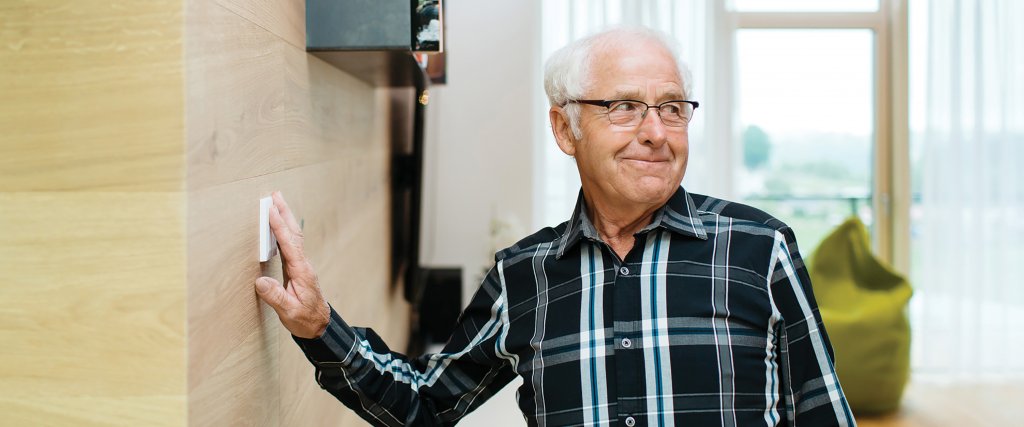
How Smart Homes Can Help With Assisted Living
Smart home technology is often dismissed as a frivolous and unnecessary extravagance for the home, however, there’s every evidence to suggest that it could play a pivotal role in alleviating the ‘care crisis’ that Britain is facing; it can help people live safer, more comfortable and independent lives within their own homes.
‘Assistive technology’ covers a very broad range of devices and solutions – some are designed specifically for assisted living, whereas others can be adapted to suit the application. In this blog, we’ll be taking a look at how home automation can help with assisted living.
Advantages of home automation for assisted living:
Promote independence and autonomy
Improve confidence and quality of life for elderly people and those with disabilities
Help manage potential risks in and around the home
Help with memory and recall with visual and audible reminders
Offer a non-intrusive way of monitoring loved ones
Provide reassurance to carers and relatives
Where to start?
When considering assistive technology, it’s prudent to begin with a consideration of the occupant’s needs and abilities, and also an understanding of the everyday challenges they face in their home. From there, you can look at ways of introducing technology to reduce or eliminate these challenges.
If the resident does not have an Internet connection or the connection is unreliable, it’s imperative to choose a solution that is not reliant on the Internet to operate.
Furthermore, some people may not be familiar with smartphones or tablets, and consequently uncomfortable using an app; where this is the case, a solution that can run by itself without any app intervention is important. An app should always be complementary to a smart home system, rather than central to it.
Also, bear in mind that needs tend to change over time, so it’s best to look for a solution that can be adapted or extended in future with limited disruption or upheaval for the resident.
Passive monitoring for the elderly:
As a nation, we’re getting old; the number of centenarians is set to increase six-fold over the next 25 years, while one in 12 people will be aged over 80 (The Telegraph, 2015). Remaining independent at home is very important to the well-being of older people, with one survey suggesting that more people fear losing independence in old age than death. With a recent report showing that a third of nursing homes fail the Care Quality Commission (CQC) inspection, it’s little wonder that older people are reluctant to leave their homes
This being said, most people are unwilling to trade their privacy to retain their independence in old age; they do not want to feel like others are watching them in their own home, even well-meaning family members.
Rather than opting for spy-cams or active monitoring devices, smart home technology can be put to good use in a much less intrusive way. Passive monitoring uses technology to check simple behaviour patterns without intruding on an individual’s privacy and will notify a care provider when variations are detected. This means that family members or carers are only notified in the event that something is out of the ordinary, rather than constant tracking of everyday movements.
Examples of passive monitoring using smart technology
There are lots of applications for passive monitoring, but here are a few examples:
If an elderly person usually leaves the house every day (or perhaps just opens the back door to let the cat out), a simple door contact will check that this is opened at least once a day. If this is not the case, a notification is sent out to the nominated point of contact – this could be an email or a phone call. This person can then decide on the best course of action – a friendly phone call to the resident to see if everything’s OK, or arranging for someone to go round and check on the resident, for example.
Motion sensors can check for movement in at least 2 areas of the house (it’s important to have sensors in more than one place in the house since the occupant may have fallen in one area and not able to get up). If there’s no movement or only movement in one area is detected, a notification is sent.
Motion sensors are also useful in ‘risk’ areas of the home, such as the stairs and bathroom. They can monitor movement within the area itself and can be linked together to track movement to and from these areas. This is useful if there is a risk of falls; if the last motion detected was on the stairs and no subsequent motion in another area of the house, for example, this could indicate an accident on the stairs and trigger a notification to a care provider.
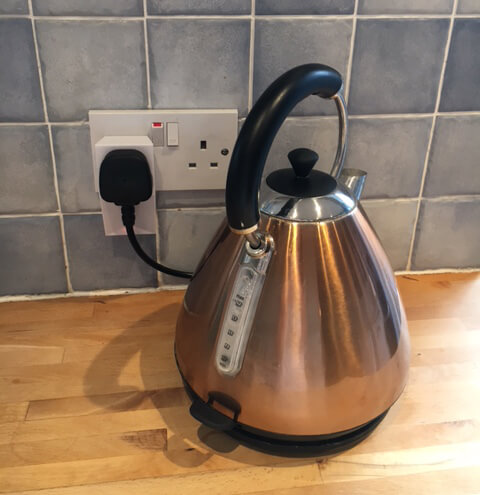
Smart socket, simple control
It’s also very easy to keep track of whether appliances, such as kettles or toasters are being used. A simple smart socket can monitor when the kettle is boiled, and if the device is not used within a set period of time, a notification can be sent out. The Smart Socket Air can be controlled remotely via the Loxone Smart Home app, so if an appliance was left on by accident, a carer or relative could switch it off from afar.
Audible reminders
Audible reminders can be useful for those who may have a visual impairment or those with a degenerative condition like Alzheimer’s.
Using the motion sensors mentioned above, a pre-recorded voice prompt can be played when a resident moves into a certain area. For example, a hallway motion sensor by the front door could remind someone to lock the door when leaving the house.
In the kitchen, a motion sensor based voice prompt could remind someone to switch off the oven. This could even be restricted to certain times of the day, for example between 6pm – 8pm, or whenever a resident is likely to be using equipment or appliances that could pose a safety risk.
Audible reminders do not need to rely on motion sensors, however. They can be setup to play at specified points during the day – a reminder to take medication, or that a carer is due to arrive soon, reminders to put the bins out, birthdays and so on.
Visual reminders
Visual reminders can be especially useful for residents who may be deaf or hard of hearing. Smart lighting, in particular, can offer a range of useful features. For instance, the lights could flash or pulse when someone’s at the front door, ensuring that the resident does not miss out on seeing a visitor or accepting a parcel delivery.
RGBW LED tape offers an inexpensive way to get even greater functionality from the home, since it can glow different colours according to the situation. For example, it might glow green when the phone rings, blue when sound or motion is detected in a baby’s bedroom, or red when the smoke alarm is triggered.
Other helpful devices
There are lots of ways that simple sensors can be used for assistive purposes. By making use of sensors in this way, elderly people can continue to live safely and comfortably at home, whilst relatives and caregivers have peace of mind that all is well.
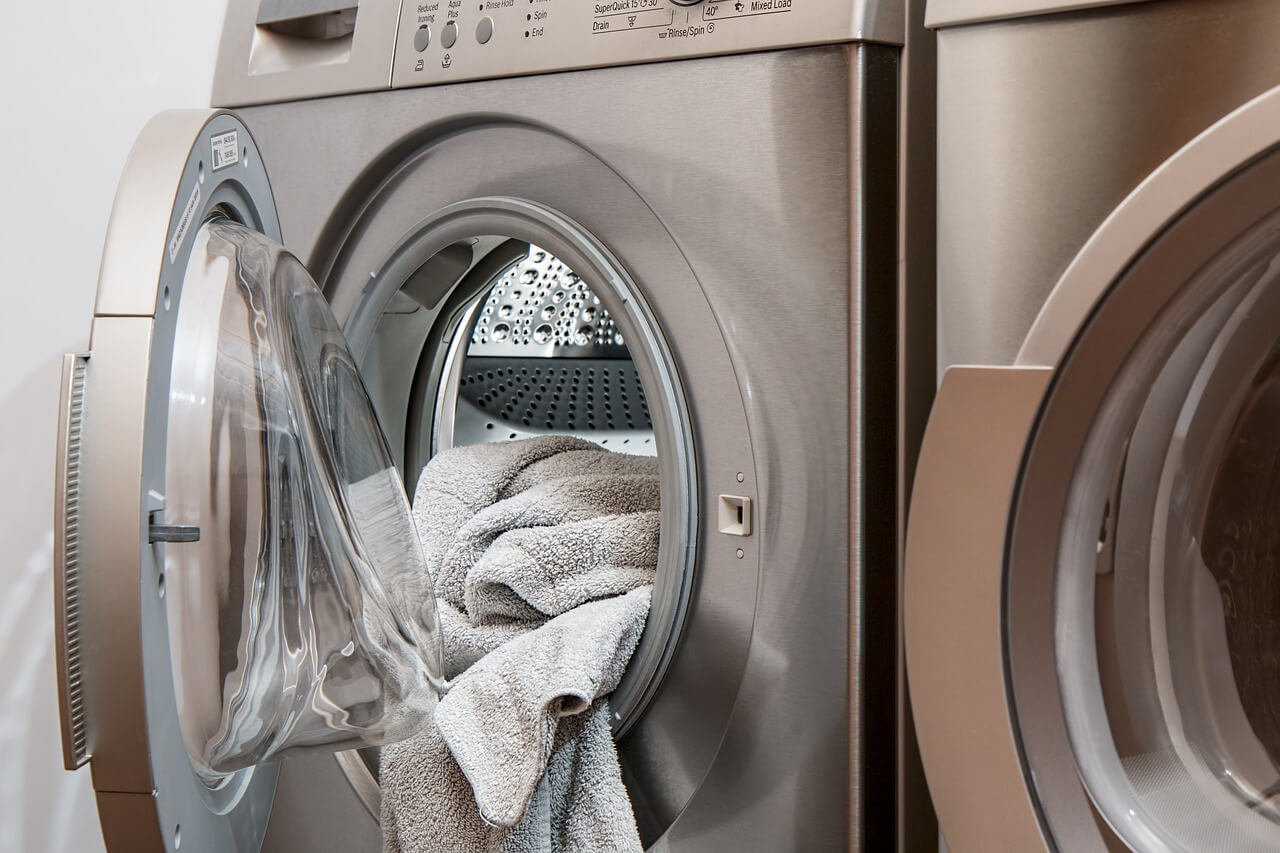
Water Sensor
A discreet, wireless sensor that detects the presence of water. It can trigger alerts if the sink or bath overflows, a pipe bursts or a washing machine leaks.
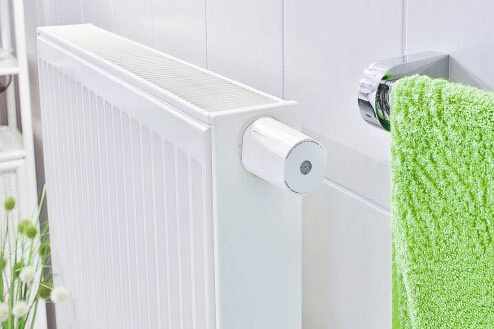
Temperature Sensor
Older people often feel the cold more, so temperature sensors can keep an eye on the temperature in the house and either automatically adjust the heating via smart radiator valves, or send an alert to a carer.
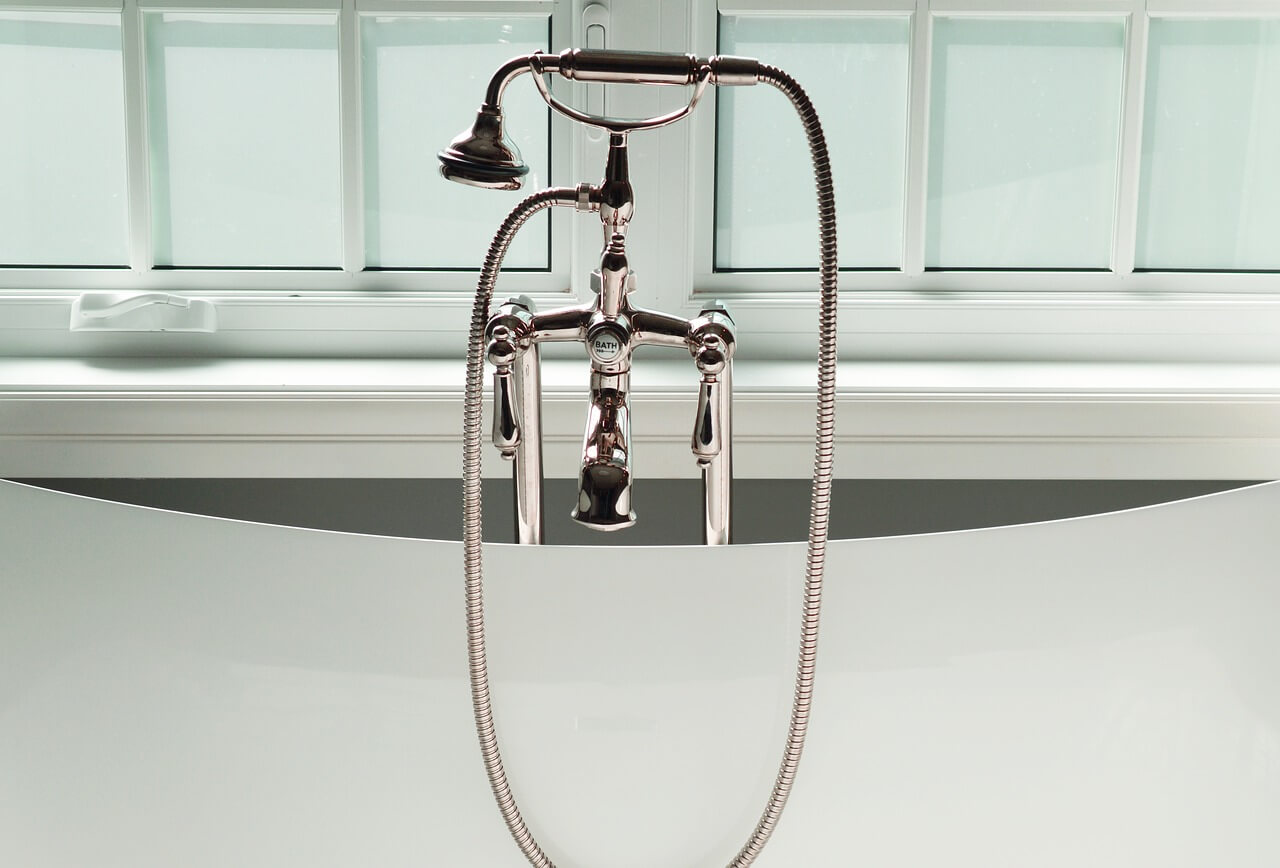
Water Temperature Sensor
Water temperature sensors can reduce the risk of being scalded. As part of an integrated system, a water temperature sensor in the bath or shower could signal the bathroom lights to flash red if the water is too hot and blue if it’s below the acceptable temperature threshold.
Both the team at the Loxone offices and my approved Loxone installer have been incredibly supportive while fitting some Loxone technology for my elderly mother to assist her to live independently in her own home and to give me, “the overprotective daughter”, peace of mind. I would have no hesitation in recommending them.
Improvements for occupants
with limited physical ability:
Daily tasks can be a challenge for people with physical disabilities. The use of technology in key areas can enable them to carry out more tasks independently and safely.
There are several smart home features that can make everyday living a little easier. This might include:
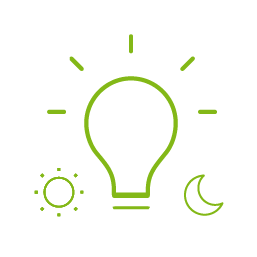
Fully automatic lighting
Fully automated lighting that switches on when entering a room and off when leaving it, automatically. This reduces the need for manual interaction with light switches.
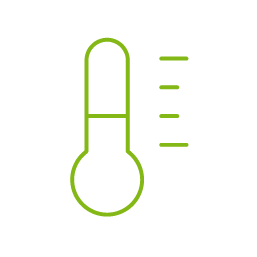
Zoned heating
A home can feel colder to those who may move around it less, or those who spend much of their time sedentary. Zoned heating ensures comfortable temperatures in each room or zone of the house, without having to adjust a thermostat on the wall.
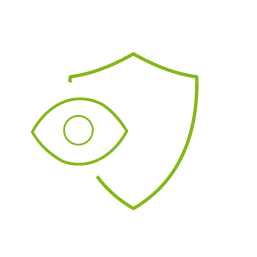
Smart security
Traditional burglar alarms usually only allow a standard ‘leaving time’ before arming the alarm, whereas a smart alarm can be set to give the resident sufficient time to leave their home before the alarm sets.
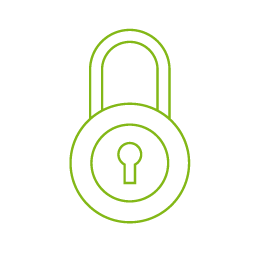
Access control
A Loxone intercom will allow a resident to see and speak to a visitor at the front door, and even let them in, directly from the app or from a switch on the wall. It can also track who has entered the house and when, such as carers.

‘Panic’ button
If desired, a switch can be setup as a trigger for the alarm when it is pressed. This can cause the lights to flash, the blinds to open and a phone call to be placed to a specified number.

Voice control
Although voice control is a technology that’s still in its infancy, it offers great potential for assisted living. Whilst there are voice control solutions currently available, this is currently not natively supported by Loxone.
Find out more
If you’re considering smart home technology for an assisted living application and would like to find out more about Loxone, here are two easy ways to take the next step:
